Mint (Mentha spp.) is a versatile, fragrant herb widely appreciated for its culinary, medicinal, and ornamental uses. While it thrives in soil, mint can also be successfully grown in water, making it an excellent choice for indoor gardening, small apartments, or spaces with limited soil access. Growing mint in water is not only simple but also allows for continuous growth and propagation. This guide provides a complete step-by-step approach to growing mint in water, covering selection, propagation, care, maintenance, and benefits.
Why Grow Mint in Water?
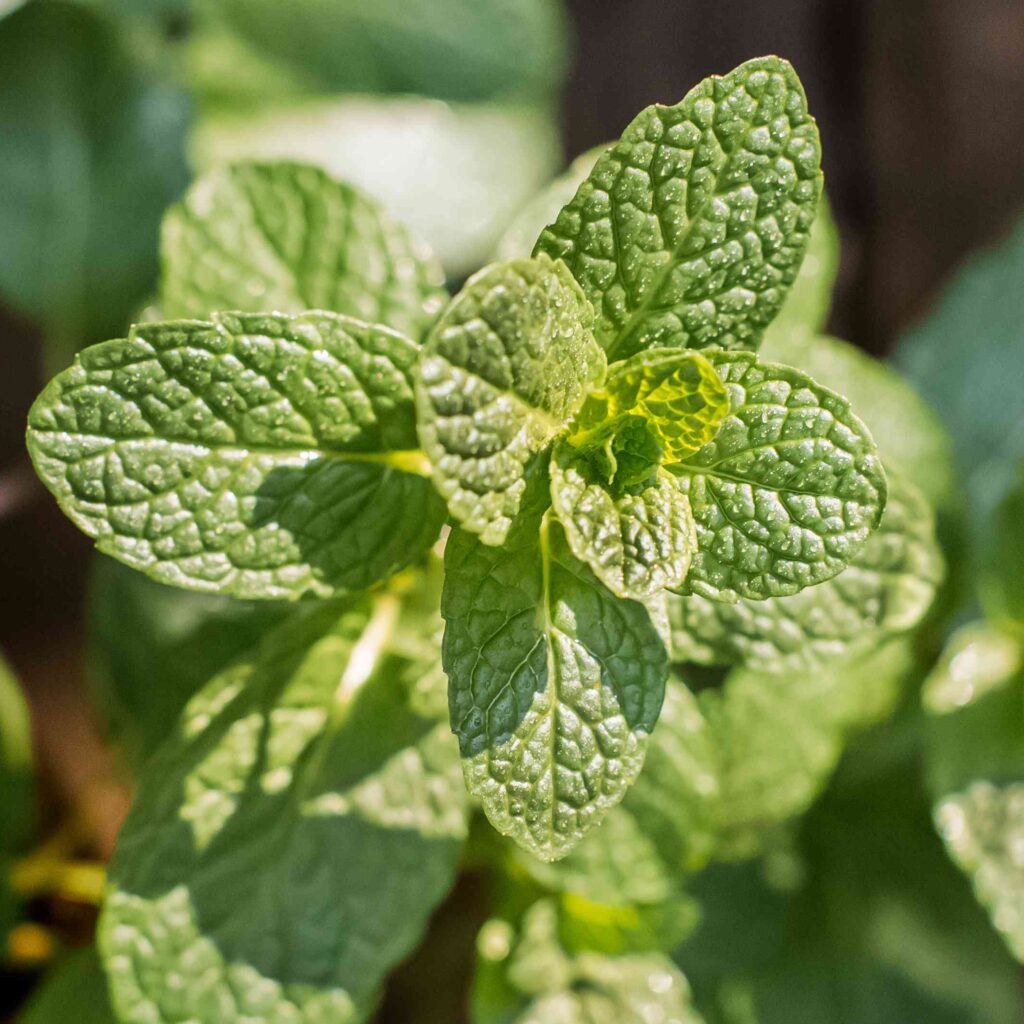
Water propagation of mint offers several advantages:
- Space Efficiency: Ideal for indoor gardens, kitchens, and small apartments.
- Continuous Growth: Mint can regenerate new roots and leaves, ensuring a steady supply.
- Low Maintenance: Reduces the risk of soil-borne pests and diseases.
- Aesthetic Appeal: Glass containers with mint create a visually appealing, green display.
- Accessibility: Easy for beginners, children, and urban gardeners.
By growing mint in water, you can enjoy fresh leaves year-round, perfect for teas, culinary dishes, or natural remedies.
Selecting the Right Mint Variety
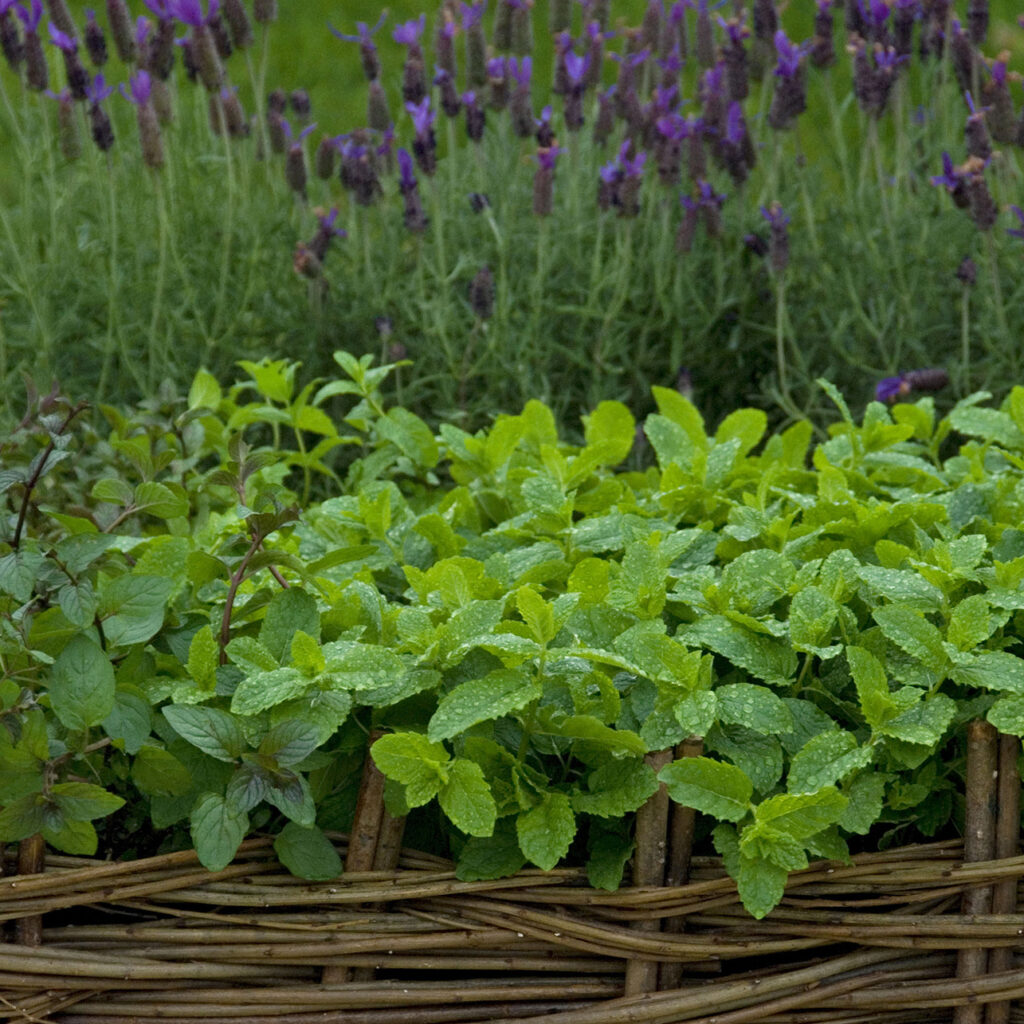
Several mint varieties can thrive in water:
- Peppermint (Mentha × piperita): Strong aroma and cooling flavor; ideal for teas and desserts.
- Spearmint (Mentha spicata): Sweet flavor; perfect for cooking and beverages.
- Chocolate Mint (Mentha × piperita f. citrata ‘Chocolate’): Mild chocolate fragrance and taste; ornamental and culinary uses.
- Apple Mint (Mentha suaveolens): Fruity aroma; suitable for desserts and drinks.
Tip: Choose healthy, fresh stems from nursery plants or kitchen scraps with no signs of disease, yellowing, or damage.
Propagating Mint in Water
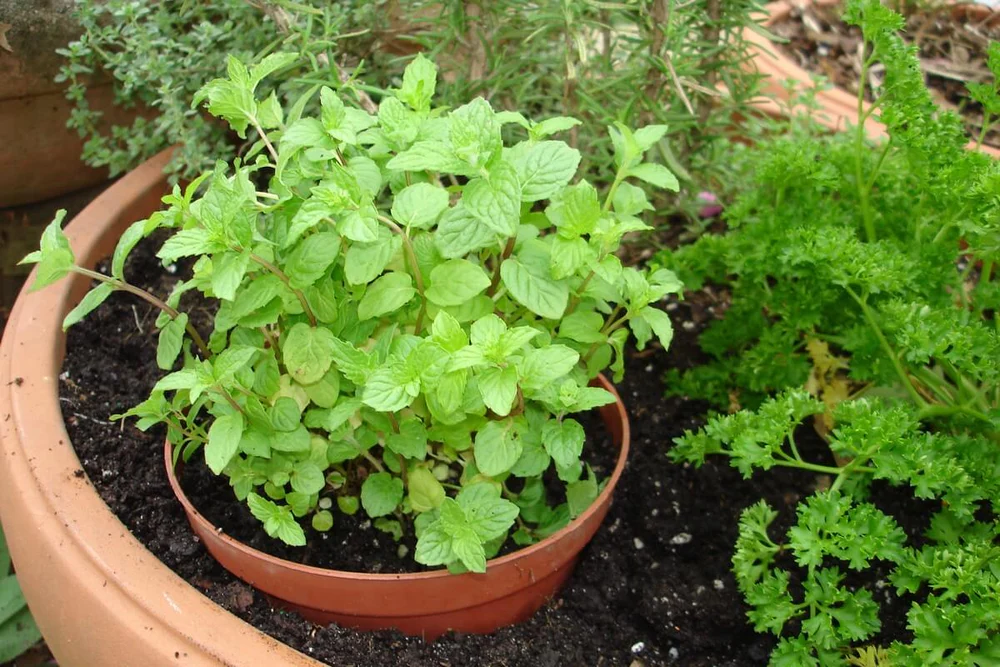
Growing mint in water begins with proper propagation techniques:
Step 1: Selecting Cuttings
- Choose 4–6 inch long stems from healthy mint plants.
- Ensure each cutting has at least 2–3 nodes (leaf joints).
- Remove lower leaves to prevent decay in water.
Step 2: Placing in Water
- Fill a clean glass or jar with room-temperature water.
- Place the cuttings in water so that nodes are submerged while leaves remain above water.
- Avoid overcrowding to allow adequate space for root growth.
Step 3: Choosing the Right Container
- Transparent containers help monitor root growth.
- Containers should be wide enough to support cuttings without tipping over.
Step 4: Selecting the Ideal Location
- Place containers in bright, indirect sunlight.
- Avoid direct harsh sunlight, which can cause leaves to wilt.
Root Development and Care
- Timeline: Roots typically start forming within 1–2 weeks.
- Water Change: Replace water every 5–7 days to prevent stagnation, algae growth, and foul odor.
- Root Health: Healthy roots are white or light tan and firm. Remove any brown or slimy roots promptly.
- Trimming: Pinch off growing tips periodically to encourage bushier growth.
Nutrient Management
Although mint can survive in plain water, nutrients help promote vigorous growth:
- Liquid Fertilizers: Use diluted, water-soluble fertilizer every 2–3 weeks.
- Homemade Options: Add a few drops of compost tea or diluted organic liquid fertilizer.
- Balance: Avoid over-fertilization, which can burn roots or alter leaf taste.
Tip: Plants in water grow slower than in soil, so patience is key.
Transplanting Mint (Optional)
Once mint develops a healthy root system, you can transplant it into soil for long-term growth:
- Prepare the Pot: Use a 6–8 inch pot with drainage holes.
- Soil Mix: A well-draining mixture of potting soil, sand, and compost works best.
- Planting: Gently place the mint roots into the soil, covering them lightly.
- Watering: Water thoroughly after planting to settle the soil.
- Sunlight: Place in a spot with 4–6 hours of sunlight or bright indoor light.
Transplanting is optional; mint can thrive in water indefinitely if maintained properly.
Pruning and Harvesting
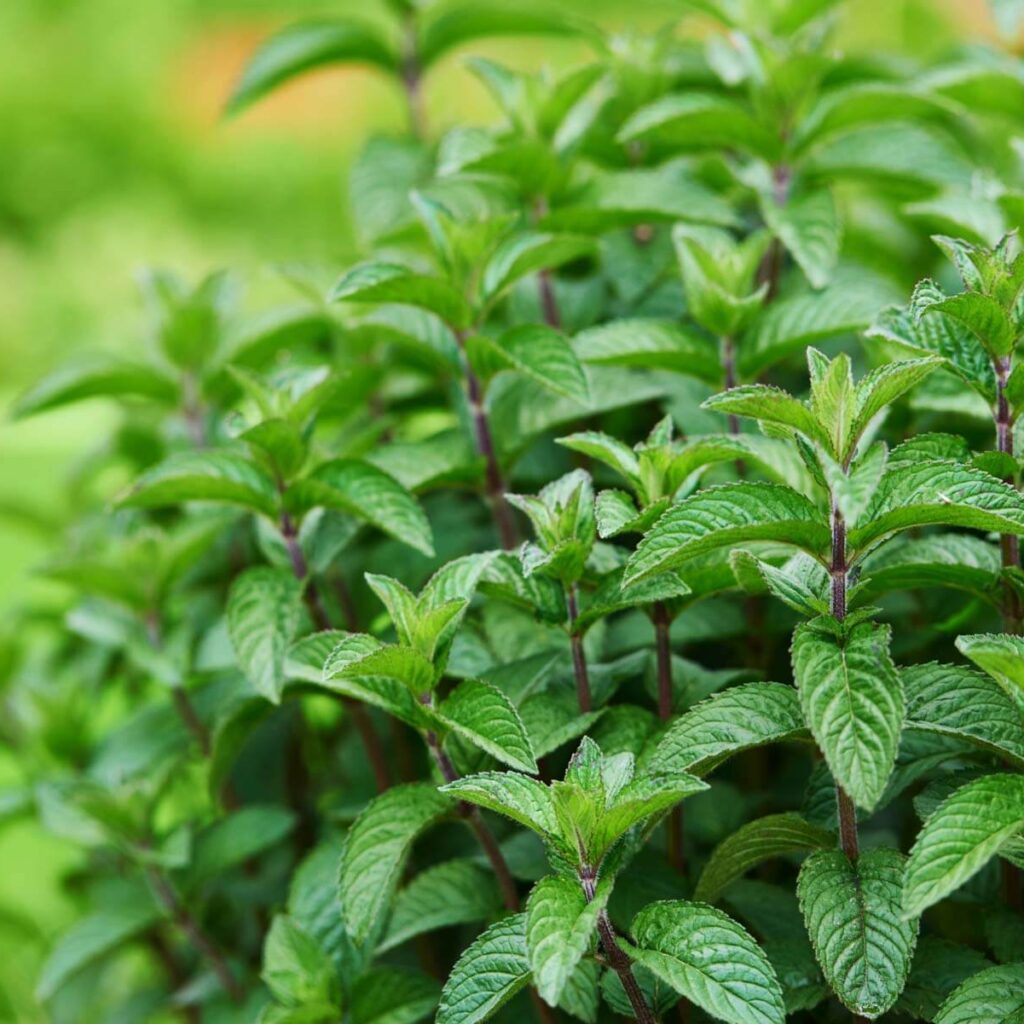
Pruning
- Regular pruning prevents legginess and encourages dense, bushy growth.
- Pinch off the top 1–2 inches every 2–3 weeks to stimulate lateral growth.
- Remove any yellowing or damaged leaves promptly.
Harvesting
- Harvest mint leaves when plants reach 6–8 inches in height.
- Use scissors or fingers to snip leaves, starting from the top.
- Harvest regularly to promote continuous growth and prevent flowering, which can reduce flavor.
Common Challenges and Solutions
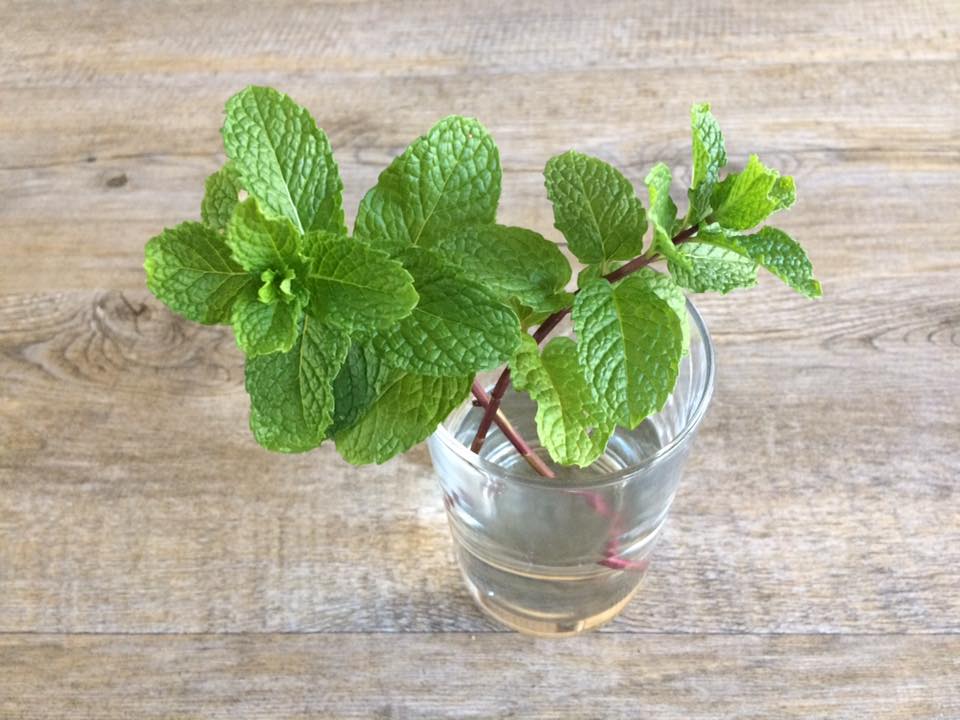
Algae Growth
- Solution: Change water regularly, avoid direct sunlight on water, and clean the container.
Root Rot
- Solution: Ensure water is changed frequently, cut off decaying roots, and avoid overcrowding.
Leggy Growth
- Solution: Provide adequate indirect light and pinch back growing tips.
Pests
- Rare in water-grown mint, but aphids or small insects may appear on leaves.
- Solution: Wipe leaves with a damp cloth or use mild neem oil spray.
Benefits of Growing Mint in Water
- Fresh Supply Year-Round: Enjoy fresh, aromatic leaves for culinary, beverage, or medicinal use.
- Aesthetic Appeal: Decorative jars of mint enhance indoor spaces with greenery.
- Air Purification: Mint helps filter toxins and releases pleasant aroma.
- Educational Tool: Great for teaching children about plant propagation and growth.
- Easy Maintenance: Minimal equipment and soil needed, reducing gardening workload.
Creative Uses for Water-Grown Mint
- Culinary: Teas, cocktails, salads, desserts, sauces, and garnishes.
- Medicinal: Soothes indigestion, relieves headaches, and freshens breath.
- Aromatic: Natural air freshener for homes and offices.
- Decorative: Combine with flowers in jars or vases for indoor décor.
Tips for Optimal Growth
- Light: Bright, indirect sunlight is ideal; artificial grow lights can supplement.
- Water Temperature: Use room-temperature water to avoid shocking roots.
- Regular Maintenance: Change water weekly and trim leaves to encourage bushiness.
- Container Choice: Transparent jars help monitor root growth and detect problems early.
- Avoid Flowering: Pinch off flower buds to maintain leaf flavor and plant energy.
Conclusion
Growing mint in water is a simple, cost-effective, and rewarding method for indoor gardening. With minimal space and equipment, anyone—from beginners to experienced gardeners—can enjoy fresh, fragrant mint year-round. Proper selection of cuttings, attention to water quality, nutrient management, and regular pruning are key to thriving mint plants.
By following this complete guide, gardeners can enjoy the culinary, medicinal, and aesthetic benefits of mint while observing the fascinating process of water propagation. Whether maintained in water indefinitely or transplanted into soil, water-grown mint provides an ongoing source of greenery, flavor, and wellness for homes and kitchens.
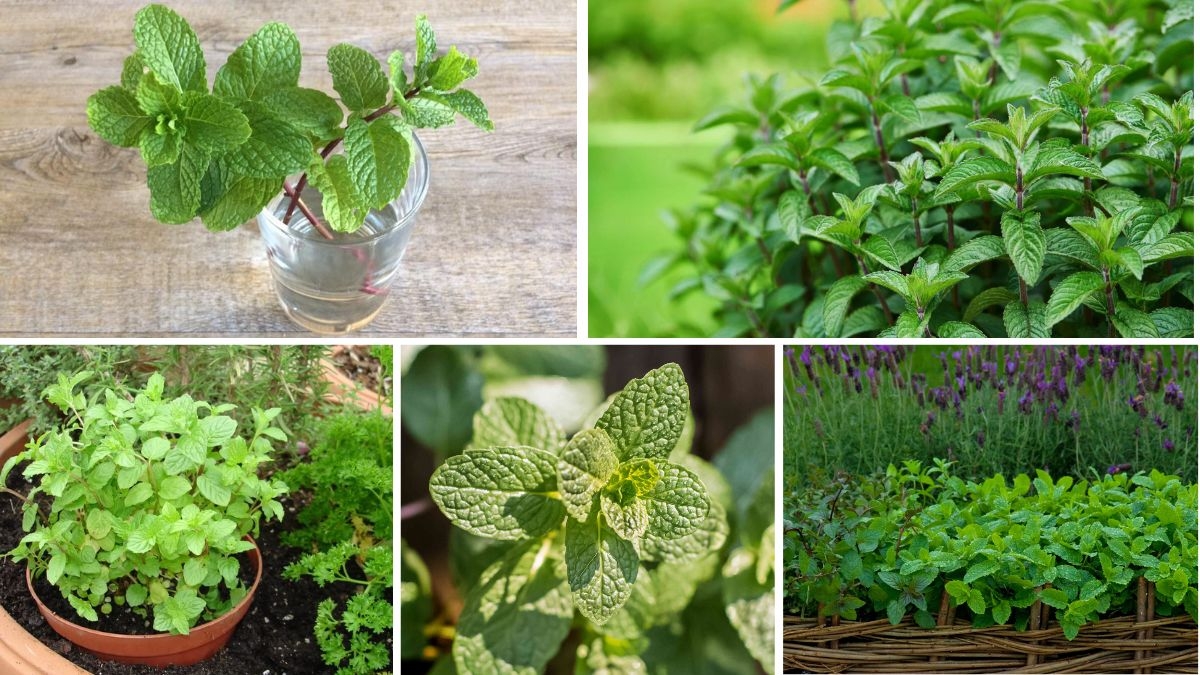



Leave A Comment